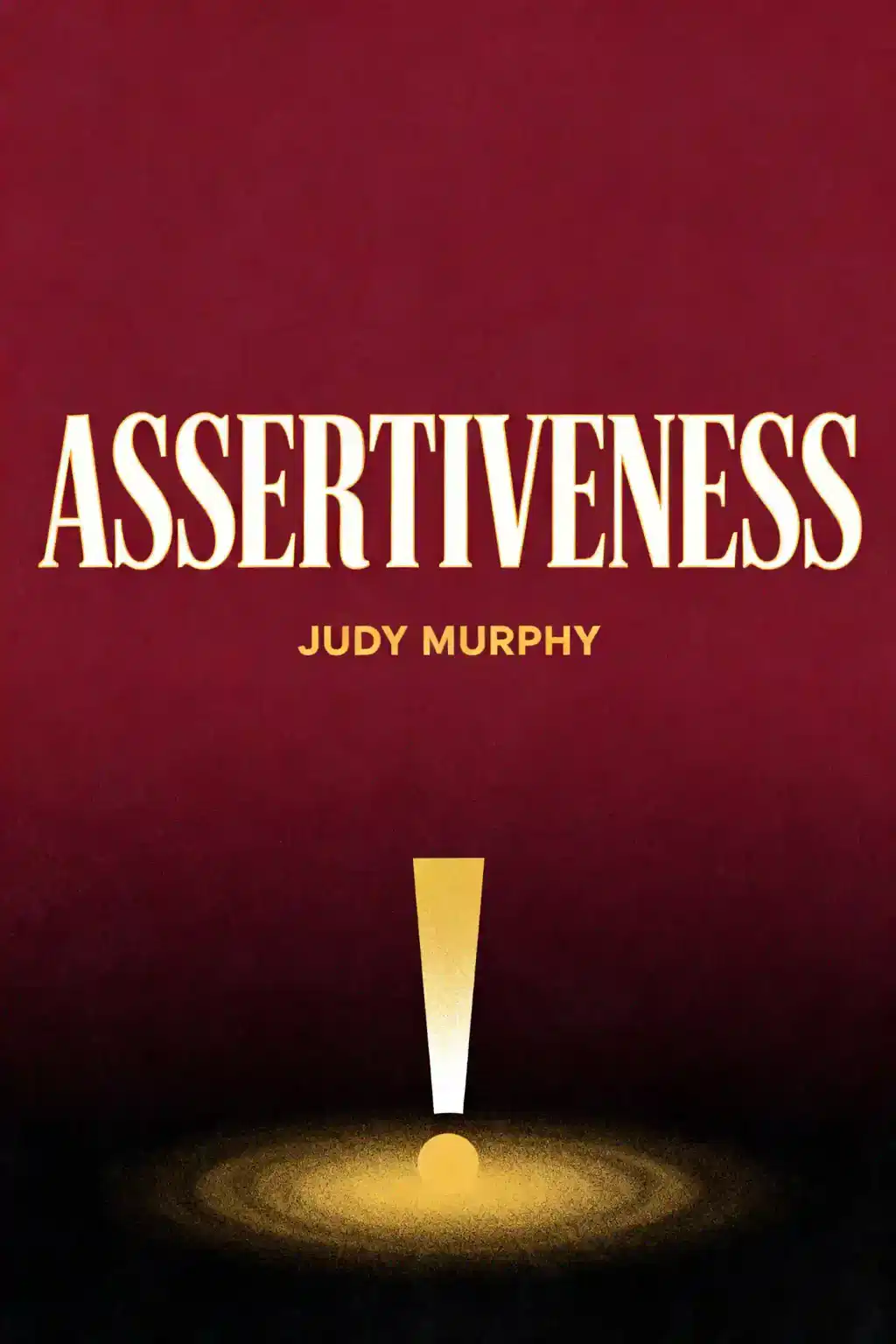What is
Assertiveness by Judy Murphy about?
Assertiveness by Judy Murphy provides a practical guide to developing self-worth, self-awareness, and confident communication. It teaches techniques for setting boundaries, negotiating effectively, and applying assertiveness in personal and professional relationships. Murphy emphasizes transforming self-critical mindsets and includes self-assessment tools to identify submissive behaviors. The book also covers nurturing assertiveness in children and resolving conflicts with clarity.
Who should read
Assertiveness by Judy Murphy?
This book is ideal for individuals struggling with people-pleasing, passive communication, or low self-confidence. It’s particularly useful for professionals seeking workplace assertiveness, parents modeling healthy boundaries, and anyone aiming to express needs respectfully. Murphy’s actionable exercises cater to readers who prefer structured self-evaluation and real-life scenario analysis.
Is
Assertiveness by Judy Murphy worth reading?
Yes—readers praise its blend of theory and practicality, calling it the “gold standard” for assertiveness training. Reviewers highlight transformative self-talk exercises, workplace-specific strategies, and relatable examples for handling difficult interactions. While some concepts may seem intuitive, the book’s step-by-step frameworks for confident communication make it a valuable resource.
How does Judy Murphy define the role of self-worth in assertiveness?
Murphy argues that self-worth is the foundation of assertiveness: believing you deserve respect enables clear expression of needs. She identifies self-critical thoughts as a barrier and provides exercises to reframe negative self-perceptions. For example, doubting your skills may lead to hesitant body language, which the book addresses through confidence-building techniques.
What practical techniques does
Assertiveness recommend?
- Self-assessment tools: Evaluate nonverbal cues, vocal tone, and boundary-setting habits.
- Scenario practice: Role-play interactions like asking a friend for favors or addressing workplace conflicts.
- Positive self-talk: Replace undermining thoughts with affirmations of personal value.
- Boundary scripts: Pre-written phrases to decline requests gracefully.
Can
Assertiveness help with workplace communication?
Absolutely. Murphy provides strategies for handling bosses, negotiating salaries, and confronting difficult colleagues. The book teaches how to articulate ideas confidently in meetings, say “no” to unreasonable workloads, and navigate office politics without aggression. A case study illustrates resolving a project conflict using “I-statements” and active listening.
What are common critiques of
Assertiveness by Judy Murphy?
Some reviewers note that early chapters revisit well-known self-help concepts like positive affirmations. However, most praise the book’s actionable second half, particularly its conflict-resolution frameworks and situational analyses. A minority suggest combining it with emotional intelligence resources for deeper interpersonal impact.
How does
Assertiveness compare to other confidence-building books?
Unlike abstract philosophy-focused titles, Murphy’s guide prioritizes immediate behavioral changes through drills and scripts. It’s more structured than Daring Greatly (Brown) and more communication-focused than The Confidence Code (Kay/Kay). The inclusion of child-rearing advice also distinguishes it from workplace-centric peers.
What key quotes summarize the book’s message?
- “Your right to respect begins with your own belief in having that right.”
- “Assertiveness isn’t winning—it’s being heard without drowning others out.”
- “Every ‘no’ to others is a ‘yes’ to your integrity.”
How has
Assertiveness been updated for modern readers?
Recent editions include digital communication tips, like assertive email phrasing and video call body language. Murphy also addresses hybrid work challenges, such as setting remote-work boundaries and navigating virtual team conflicts. The core principles remain unchanged, but examples reflect current social dynamics.
What are frequent mistakes readers make when applying Murphy’s advice?
- Overcorrecting to aggression: Misusing assertive scripts in confrontational tones.
- Skipping self-assessment: Jumping to techniques without addressing underlying self-doubt.
- Rigid scripting: Failing to adapt Murphy’s examples to personal communication styles.
How does
Assertiveness address cultural differences in communication?
While primarily focused on Western contexts, Murphy briefly discusses adjusting techniques for high-context cultures. She advises maintaining core principles of self-respect while adapting delivery—for example, using indirect language in hierarchical settings without compromising boundaries. However, deeper cultural analysis is not the book’s focus.





















